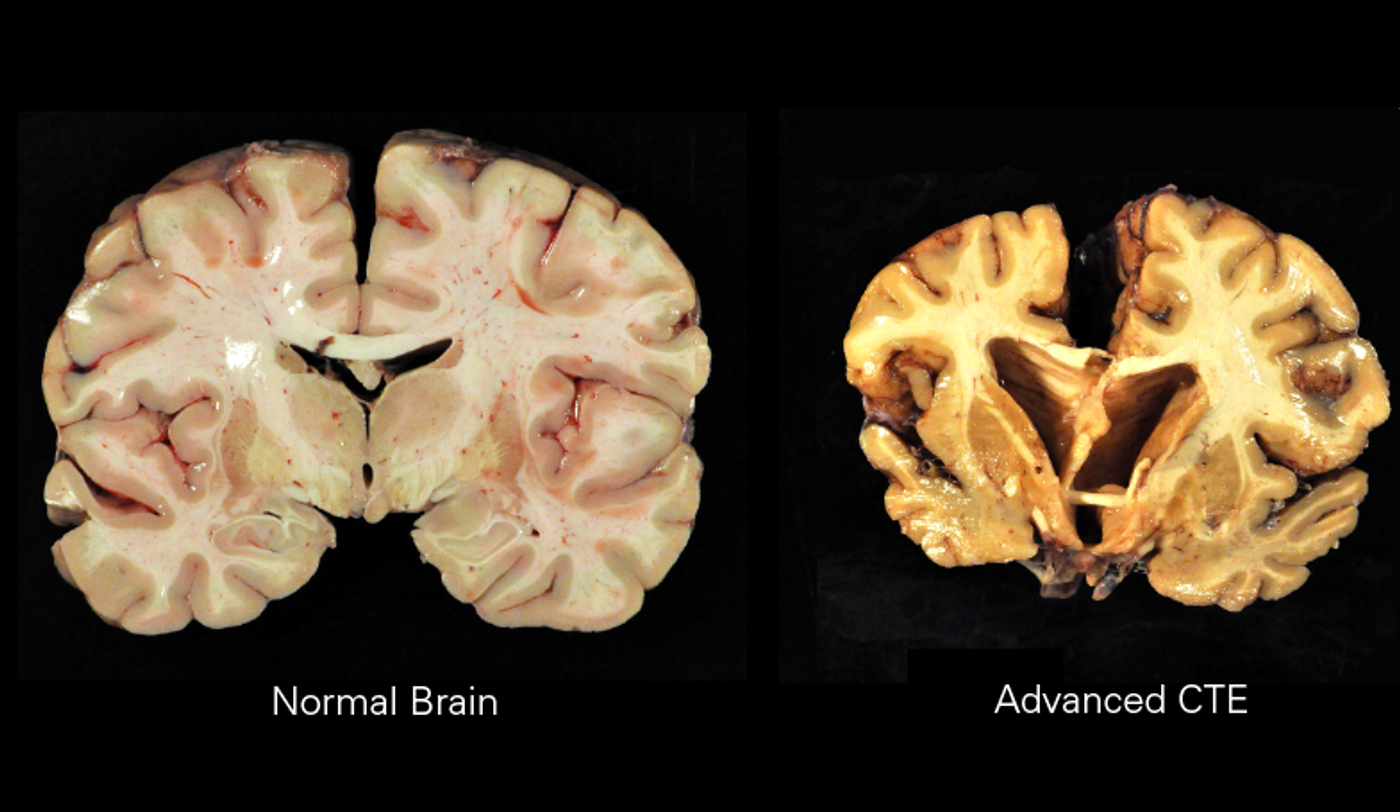Understanding the Molecular Impact of Blunt Force Trauma
Researchers have found evidence of brain injury in former NFL players after their deaths. Many times their families have described erratic behavior including depression and aggression in these individuals in the later years of their lives. Scientists think it’s due to a degenerative disease of the brain called chronic traumatic encephalopathy (CTE), which seems to be caused by repeated head trauma. A prominent example is Aaron Hernandez, a late NFL player and convicted murderer who eventually committed suicide.
“I grew up watching American football,” said Kassandra Ori-McKenney, an assistant professor in the Department of Molecular and Cellular Biology at the University of California, Davis. “I love it from an athletic perspective, but from a scientific perspective, I just remember watching certain hits and thinking, ‘Oh man, how is that affecting his brain?’”
Ori-McKenney wants to find the molecular and cellular causes underlying CTE and has received a grant to study the role of a specific protein, tau, in traumatic brain injury and neurodegenerative diseases. She sees a strong connection between the presence of tau and neuronal degeneration in the brain.
Structures called microtubules are important for moving stuff around in the cell, and tau helps control that transport. When other proteins alter tau, it can move away from the microtubules and spread to other neurons, leaving a trail of neurodegeneration in its wake.
The fruit fly, Drosophila, can function as a model for this work, as shown in the short video. “We put the flies in a tube and we hook it up to a spring, which is fastened to a wooden board,” Ori-McKenney explained. “We then pull the tube back, and let go.” The system is meant to mimic “closed-head traumatic brain injury.” The spread of tau can then be monitored in the fly brains. “We’ve gotten to a point where we can do this reliably and reproducibly,” she said.
“Dr. Ori-McKenney’s work on the interaction of microtubule-binding proteins is fundamentally important in healthy and diseased human cells,” said Mark Winey, dean of the College of Biological Sciences and a Pew Biomedical Scholar alumnus. “This is a significant achievement that recognizes Dr. Ori-McKenney’s stellar research record, innovative thinking and promise for the future.”
There is an opportunity to integrate several fields of study with this work.
“A number of labs have studied behaviors such as mating and aggression in male flies to the point where they can be categorized and quantified,” Ori-McKenney said. “I would, therefore, love to take this research to the next level and study different types of behavior and how they may be altered in response to traumatic brain injury.”
For more information about CTE, check out the following video.
Source: UC Davis









